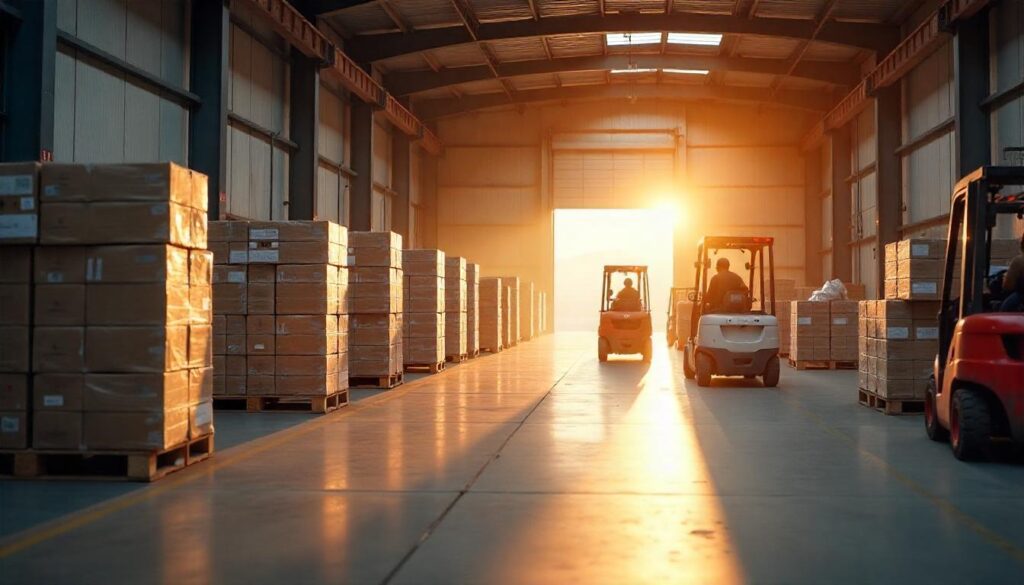
The worldwide market for packaging coatings is expected to reach USD 5.37 billion in 2029 with a growth rate of 4.8% from USD 4.1 billion in 2024, driven by advancements in barrier technologies and increased growth in smart packaging solutions.
As India’s packaging sector worth USD 204.81 billion grows towards a 26.7% CAGR by 2027, these technologies are transforming food, beverage, and e-commerce industries.
Fueled by sustainability needs, regulatory forces, and consumer desires, the coatings promote durability and performance, though prices remain high and scalability issues impede adoption, especially among smaller players.
Barrier technologies are the key to this growth. Sophisticated coatings, like nanocellulose-based barriers, enhance oxygen and moisture resistance by 30%, enhancing shelf life by up to 40%, according to a 2024 IIT Bombay report.
Businesses like BASF have launched graphene-infused coatings, lowering gas permeability by 25%, perfect for India’s humid weather and e-commerce packaging, which increases at 20% per annum. Bio-based coatings such as polylactic acid (PLA) and polyhydroxyalkanoates (PHA) provide compostability, degrading in 180 days under industrial conditions, in line with India’s Plastic Waste Management Rules, 2016, and the EU’s Single-Use Plastics Directive. UFlex’s PLA-coated snack pouches, for example, reduce carbon emissions by 30%, increasing exports by 15%.
Innovative packaging solutions are redefining consumer interaction. QR code, NFC tag, and time-temperature indicator-embedded coatings allow real-time tracking and freshness monitoring, essential for India’s USD 1.5 trillion retail industry.
Tetra Pak displayed antimicrobial coatings with neem extracts at a 2024 expo, lowering bacterial growth by 99% on dairy cartons, according to a CII report. Huhtamaki India’s pH-indicator-sensitive smart coatings applied to meat packaging indicate spoilage, reducing food waste by 20%.
These innovations appeal to 65% of city Indians that prefer sustainable packaging, according to a 2024 survey, and are compliant with REACH and BIS low-VOC norms.
Sustainability remains a major driver. Recycled-content finishes, such as chemically recycled PET (rPET), have 90% recyclability, versus 9% for mechanical recycling, according to a 2024 FICCI report. Reliance Industries’ rPET coatings for soft drinks bottles save 25% of virgin plastic consumption, helping India’s Extended Producer Responsibility (EPR) directive for 25% recycled content by 2030.
Enzyme-based coatings developed at IIT Delhi and patterned after Samsara Eco help recycle multilayer plastics an infinite number of times, covering India’s 26 million tonnes of plastic waste each year, 60% of which gets landfilled, according to a 2024 CPCB report.
Local and global investments are driving innovation. AkzoNobel spent USD 200 million on bio-based coating R&D in 2024, while Indian companies such as Huhtamaki spent ₹500 crore. Companies like GreenWrap Innovations are creating algae-based coatings that uptake 10 kg of CO2 per ton, which goes in the direction of India’s National Green Mission.
The Production-Linked Incentive (PLI) scheme with Rs. 50,000 crore for the National Research Foundation (NRF) encourages R&D, while the Raising and Accelerating MSME Performance (RAMP) scheme helps small companies, who make 40% of India’s packaging, to use new-age coatings.

Government programs are driving adoption. PM Gati Shakti improves supply chain effectiveness for bio-based raw materials, essential in coating production. The Skill India Digital Hub has educated 2 million workers in next-generation manufacturing since 2023, although just 5% are trained on smart coating technologies, according to Nasscom.
All this contributes towards India’s vision of recycling 70% of plastic waste by 2030, lowering emissions from the 2.8 gigatons expected globally by 2050.
Challenges remain. Bio and smart coatings are 20-30% more expensive compared to traditional ones, restraining MSME take-up to 10%, according to a 2024 SIDBI report. Heat sensitivity of PLA restricts use in the tropics. Infrastructure shortfalls, such as power irregularity in Tier 2 cities, interfere with production, costing SMEs Rs. 1-2 lakh per month, according to industry reports.
Low consciousness among small traders, cost cutting at the expense of innovation, and bureaucratic lags in approving patents (4-6 years compared with China’s 2) impede progress. Competition from ASEAN countries with lower production costs intensifies pressure on Indian exporters.
Experts suggest solutions. Subsidies under the Technology Upgradation Scheme may counter costs. Scaling Skill India’s training in smart coatings can fill skill gaps. Enhancing 5G connectivity and power reliability, as scheduled under PM Gati Shakti, will facilitate production. Public-private partnerships with IITs may replicate R&D on a large scale. CII-led campaigns may increase awareness, spurring demand.
The expansion of the world packaging coatings industry to USD 5.37 billion by 2029, driven by barrier technology and smart solutions, is transforming India’s packaging industry. With an indigenous coating market of USD 3 billion by 2030, these technologies are central to fulfilling regulatory and consumer requirements. By overcoming the hurdles of cost, talent, and infrastructure, Indian businesses can take the lead in green, high-performance packaging, defining a sustainable, intelligent future.
